Climate change is putting more than 200 million people worldwide at risk of rising temperatures that can lead to higher rates of heat-related illness and death. UrbanSens has specialised in the issue of the ever-increasing urban heat islands effect. Its aim is to provide cities with data to take preventive action against rising temperatures in urban areas. In 2021, the company was announced the winner of the Copernicus Masters DLR “Environment, Energy and Health” Challenge.
Ke Ni (KN) interviews Sofia Garcia (SG), CEO of UrbanSens.
KN: Please give us a sneak peek of your product and the team behind it.
SG: The UrbanSens team consists of Annika Ludwig, Nils Karges, Antonio Castañeda, and Andreas Bury. We met during our studies on the EAGLE master’s programme at the University of Würzburg. Our team is enriched by the multiculturalism and the different scientific backgrounds of its members, which contribute to developing our products and algorithms at a high level. We share a common interest in using multisensor approaches, such as remote sensing and IoT systems, to get to the core of urban heat problems. We have developed a sensor that functions as ground validation and thus enables us to scale down the currently rather low resolution of satellite imagery. Our product consists of an easy-to-understand platform where we aim to provide insights about urban heat islands in unprecedented resolution.
KN: What has been your company’s biggest challenge so far?
SG: The idea of our project is based on processes with increased technical complexity. We try to blend IoT low-cost sensors with the highly complex sensor technology of satellite data. Our goal to improve the resolution of the thermal band of the satellite requires a high level of scientific know-how and a lot of testing to get there. We have done all this in addition to our demanding master’s degree.
KN: Can you explain the three main ingredients of your recipe for success?
SG: We believe that passion is an essential ingredient for a successful project. It is key to keeping the motivation up, enjoying the process, and making it through the difficult times. We also value the qualities of a great team. In this team, every member is aware of their value and feels comfortable sharing their opinion and skills. Without teamwork, such a project with many individual components cannot function. The last ingredient is probably the combination of perseverance and resilience. It helps you through the moments when the product experiences a setback and perhaps even needs to be rethought in some parts.
KN: What did you expect from winning the Copernicus Masters DLR Challenge and how do you think the competition and its network have helped you to kick-start your business case?
SG: We believe our project has become more and more relevant in the last few weeks with the recent heatwaves. It is incomprehensible how cities could deal with increasingly intense heatwaves with so little information about the local conditions. For example, the largest European cities have no more than a dozen official thermometers in the streets. This is where UrbanSens comes into play to generate data and make it available to decision-makers and the scientific community. We expect the project to grow thematically and geographically in the coming years, always keeping in mind the intention of contributing to a better quality of life in the cities. Winning the Copernicus Masters DLR Challenge has been crucial to getting closer to our goal. We gained access to a solid network of professionals that can support us in many challenging areas of our project. Their contribution ranges from guidance on technical issues to growing our network. We are thrilled to receive guidance from experts who inspire us. We must also mention that the prize has helped to cover some of the costs of the research and development phase.

KN: How and when did the idea for UrbanSens emerge?
SG: In the last few years, there has been growing recognition within biometeorology, epidemiology, climatology, and environmental health that heat hazards are a problem in urban areas. Elevated temperatures increase human mortality, which is exacerbated during heatwaves, leading to more deaths. Temperatures in urban areas have long been studied as a function of urban morphology, land use, and anthropogenic activities, not just core meteorological parameters. We have realised that our training at university has given us the tools to combine all these different sets of data and look for relevant relationships within them. To facilitate this work, we envisioned a platform that would connect all this data and still be understandable to provide information to people concerned with organising urban life.
KN: What were the main reasons to participate in the Copernicus Masters Competition?
SG: We have always been great space enthusiasts. From the beginning of our studies, we learned about the importance of the Copernicus programme and became fans. We believe in the power of Earth observation data to address global challenges. The Copernicus Masters competition represents what we believe in: a network of innovators who aim to change the world using Earth observation technologies. We wanted to be part of that! It was also an excellent opportunity to test our idea and show it to the world. Not to mention the possibility of gaining considerable support and opening doors to develop our project further. We also considered the skills we could acquire during the process, such as learning how to pitch our idea.
KN: What convinced you to enter the DLR challenge with your business idea?
SG: From the moment we read the challenge description, we knew it was ideal for us. Our idea fitted perfectly with the environment and health components of the challenge. UrbanSens addresses heat-related problems in urban areas, the impacts of which not only put pressure on natural resources but also threaten public health. We also took into account that the challenge looks for ideas that support professionals and empower public authorities, which is the central goal of UrbanSens. Finally, we considered the trajectory and relevance of DLR research, especially in urban remote sensing applications. We wanted to leverage the network that we had access to as DLR winners.
KN: How do you think you benefit from DLR’s support?
SG: With the help of DLR, we can take our product to a whole new level. The highly sensitive sensors in our IoT systems require many tests to connect them to the satellite data. In the future, many new satellite systems will also come onto the market and thus into space and, with DLR, we will have better access to the latest information regarding these systems. At the same time, our data should also be made available to the scientific community, whereby we can already serve a broad spectrum of interesting scientists with DLR.
KN: Let’s reach for the stars – what is going to happen in UrbanSens’ future?
SG: With the launch of our innovative services, UrbanSens will equip public authorities and citizens with the necessary knowledge to future-proof our cities, adapt them to environmental changes and design them to be fair, inclusive, and liveable. Our ambitions and efforts are focused on becoming a company that has the potential to disrupt the intelligent environment market. Based on the platform and sensor technology we have developed, our business idea is scalable by integrating other sensor technologies and can be adapted to the requirements and needs of clients.
Did you enjoy this interview with the outstanding startup? Anyone interested can get into contact with the UrbanSens team via urbansens.org@gmail.com. Stay tuned for upcoming interviews on our blog.
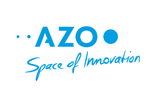
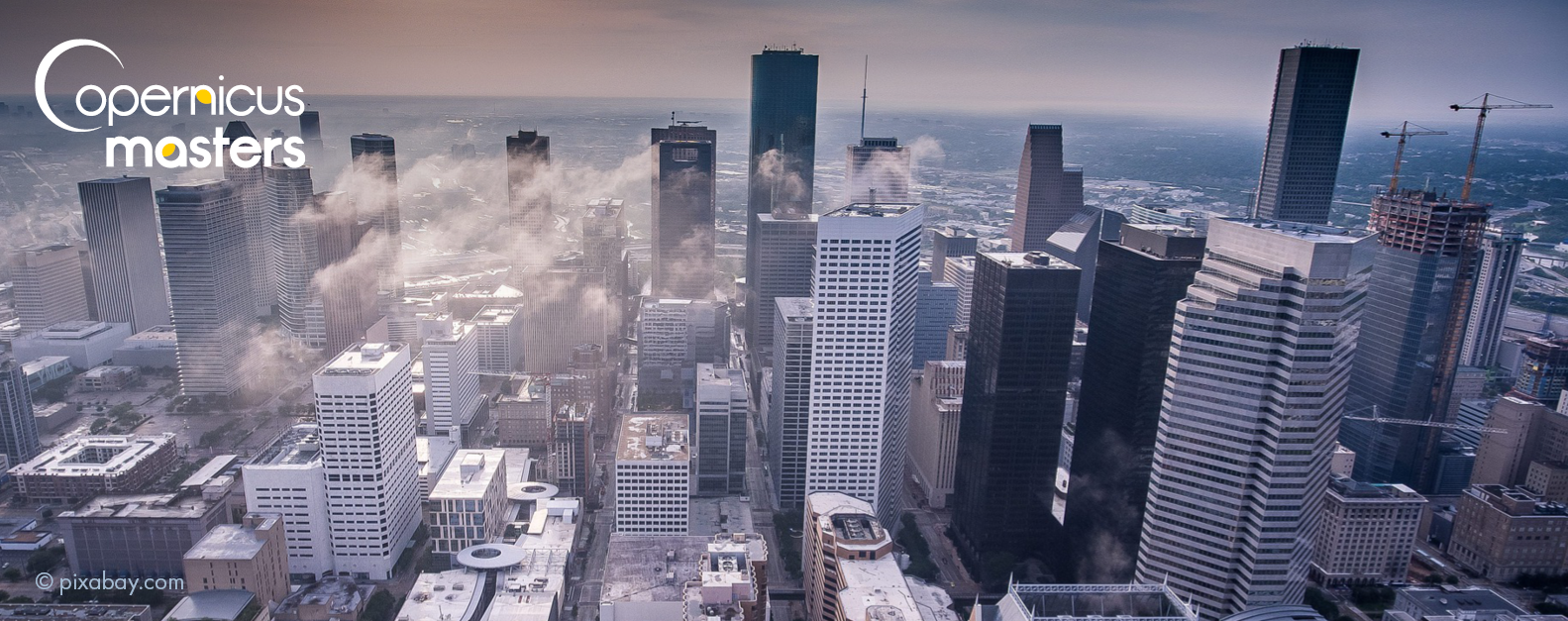

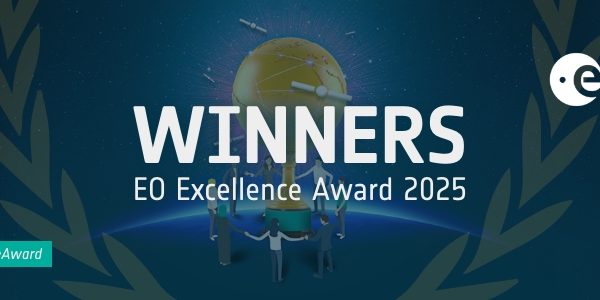
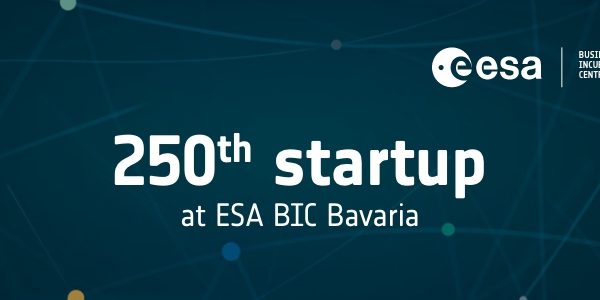
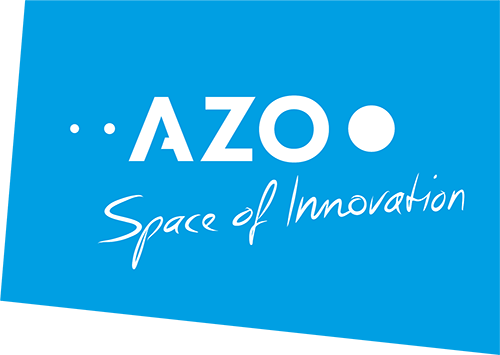
Comments are closed.